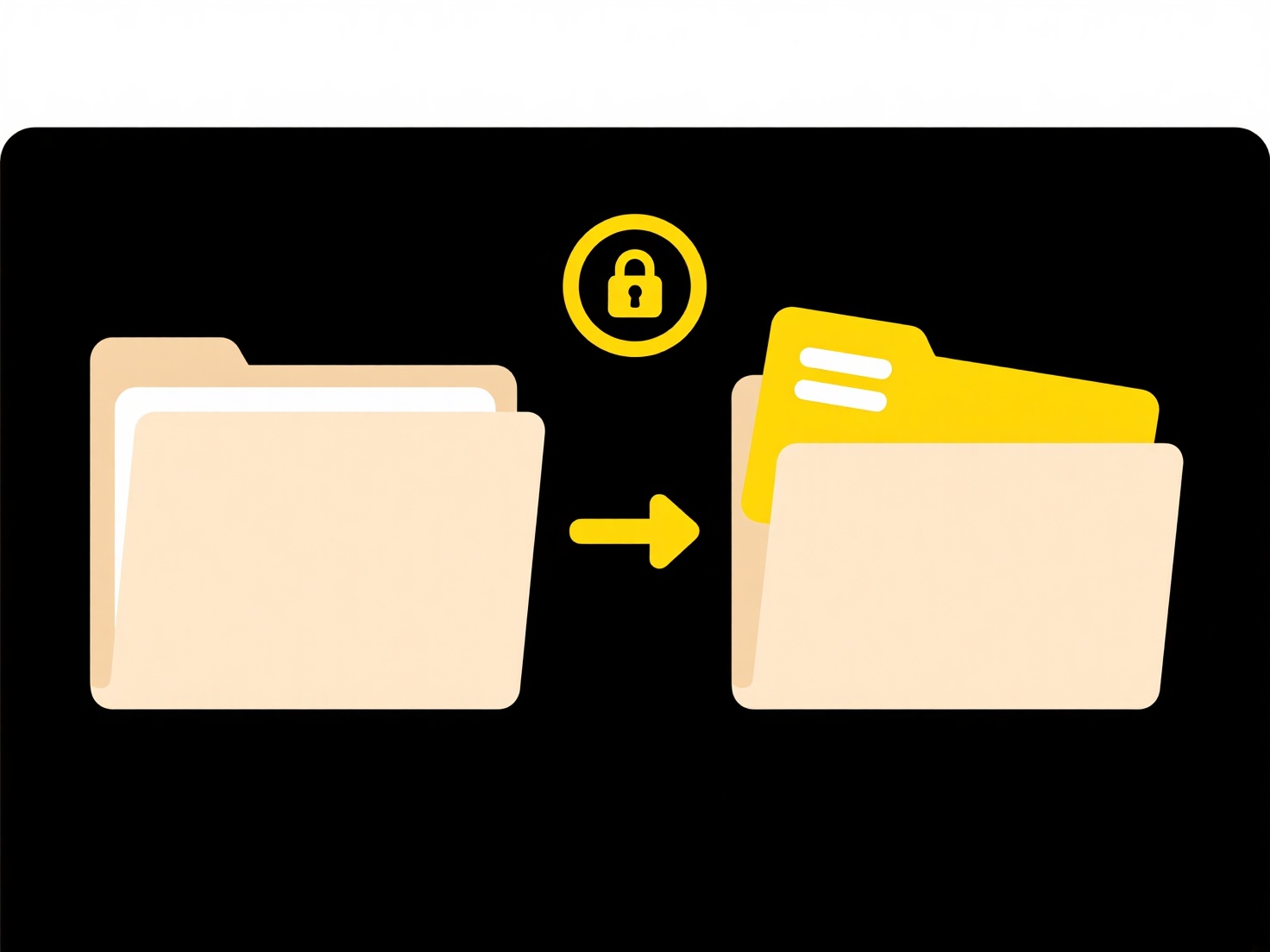
Version control, or version tracking, manages different iterations of files when multiple people collaborate. It differs from simple backups by systematically recording who changed what, when, and why. Changes are stored incrementally, allowing you to see the full history, revert to previous states if needed, and prevent conflicts where team members overwrite each other's work accidentally.

Common examples include software development teams using systems like Git, GitHub, or Bitbucket to track changes in source code. Content creators or designers collaborating on Figma files or Google Docs also inherently track versions, letting them see edit history and restore past drafts. Marketing and legal teams frequently rely on features in Microsoft SharePoint or dedicated document management platforms.
The main advantage is enhanced collaboration and reduced errors. However, it requires team discipline to log changes clearly and resolve merge conflicts. Ethically, it ensures attribution and accountability for modifications. Future tools will likely offer even smarter conflict resolution and tighter integration with common creative software, making seamless version tracking the expected standard for collaborative work.
How do I keep track of file versions in a team?
Version control, or version tracking, manages different iterations of files when multiple people collaborate. It differs from simple backups by systematically recording who changed what, when, and why. Changes are stored incrementally, allowing you to see the full history, revert to previous states if needed, and prevent conflicts where team members overwrite each other's work accidentally.

Common examples include software development teams using systems like Git, GitHub, or Bitbucket to track changes in source code. Content creators or designers collaborating on Figma files or Google Docs also inherently track versions, letting them see edit history and restore past drafts. Marketing and legal teams frequently rely on features in Microsoft SharePoint or dedicated document management platforms.
The main advantage is enhanced collaboration and reduced errors. However, it requires team discipline to log changes clearly and resolve merge conflicts. Ethically, it ensures attribution and accountability for modifications. Future tools will likely offer even smarter conflict resolution and tighter integration with common creative software, making seamless version tracking the expected standard for collaborative work.
Related Recommendations
Quick Article Links
Can file names include the date?
File names can absolutely include dates as part of their naming convention. Most modern operating systems (Windows, macO...
How do I search files in a ZIP without extracting?
To search files within a ZIP archive without extracting it, you inspect the archive's metadata directly. ZIP files conta...
How do I organize folders for training materials?
Organizing training materials involves structuring folders logically for easy access and management. Key principles incl...